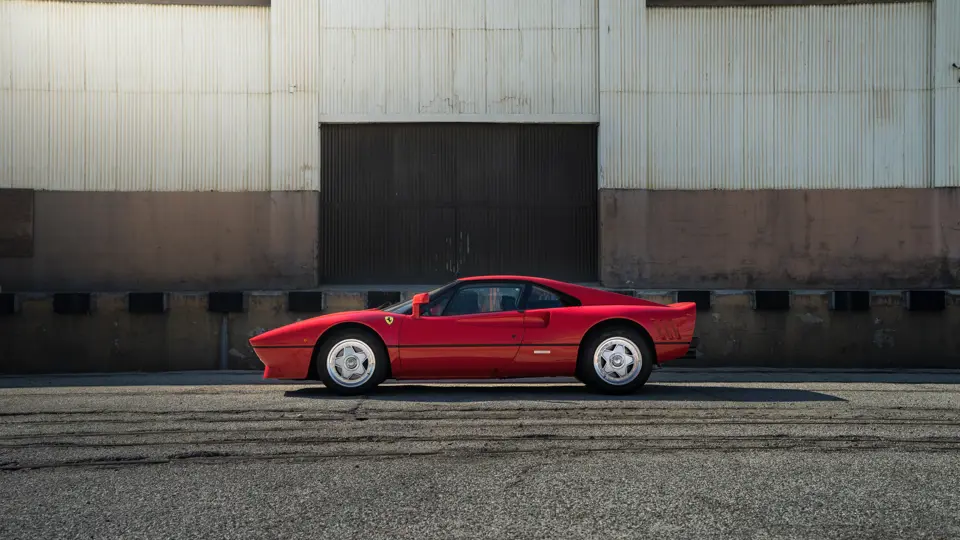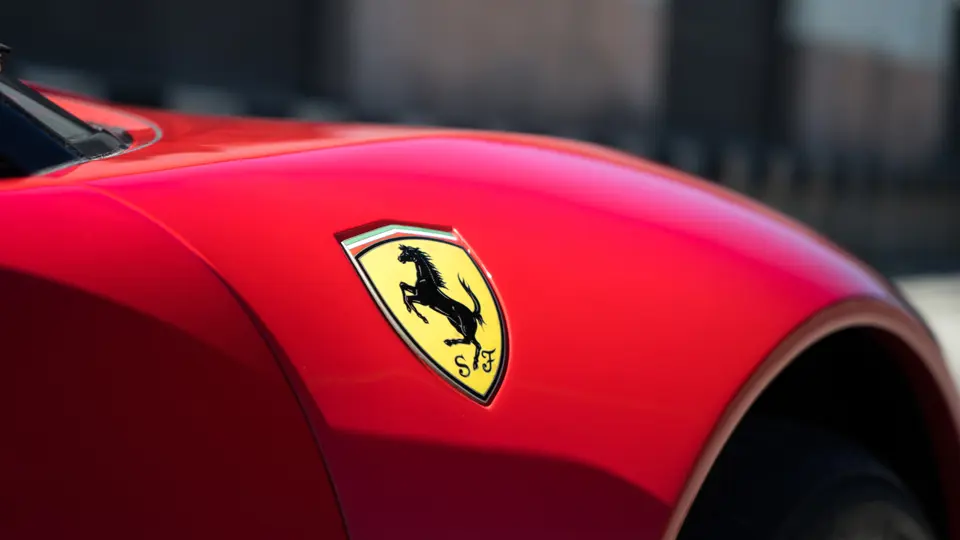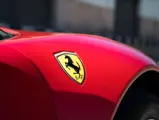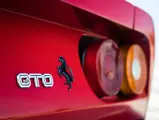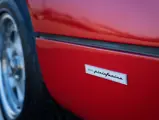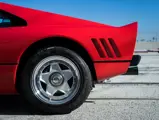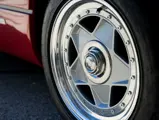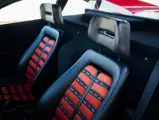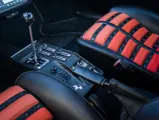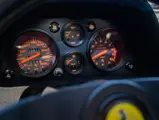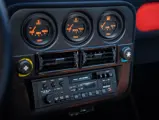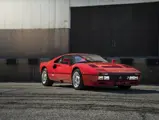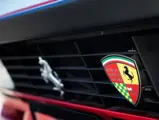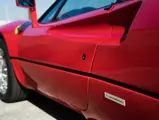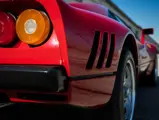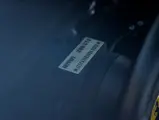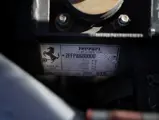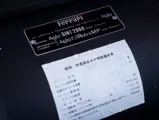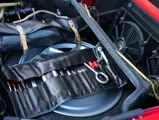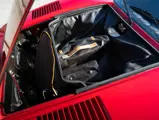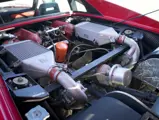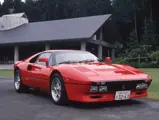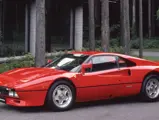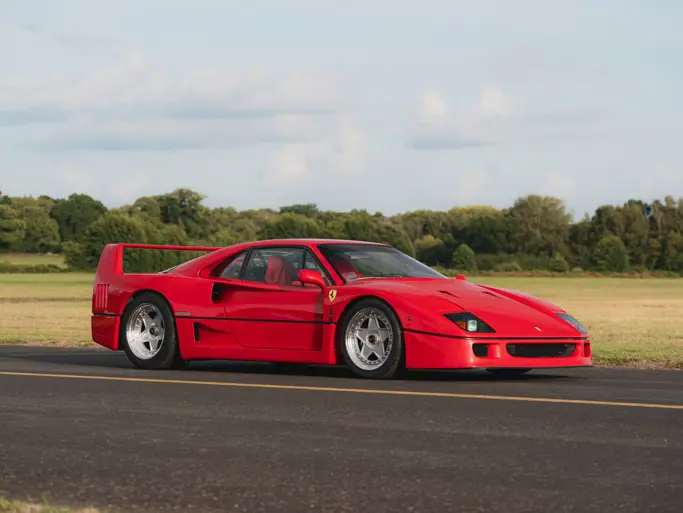400 bhp, 2,855 cc DOHC mid-mounted V-8 engine with twin IHI turbochargers, Behr intercoolers, and Weber-Marelli electronic fuel injection, five-speed manual transmission, four-wheel independent suspension, and four-wheel ventilated disc brakes. Wheelbase: 96.4 in.
THE SECOND GTO
By 1984, the words Grand Turismo Omologoto already carried an enormous amount of weight in the Ferrari world. For years, the 250 GTO had been considered the finest sports racer that Ferrari had ever produced. With an incredible racing record, which was only rivaled by its sensational driving dynamics, the 250 GTO had already been cemented into sports car lore as nothing short of a legend. For Ferrari to revive that legendary moniker, the new GTO would be expected to match or surpass the 250 GTO’s record in motorsport.
Looking to contend in the FIA Group B rally circuit, Ferrari produced and designed the 288 GTO in order to homologate it for competition within that series, calling for a production run of 200 cars. Group B was incredibly popular following its introduction in the early ’80s, especially in Europe, and Ferrari was eager to jump into the fray, as they were certain that their car would be unmatched in competition. However, Group B was cancelled shortly thereafter, leaving a fully developed and homologated car but no series to compete in. It was clear that the public was highly anticipating Ferrari’s newest no-compromises supercar, and the 288 GTO was certainly not going to disappoint the brand’s fans or customers, even without a place to race.
While it shared visual cues with the 308 and 328, there was no denying that the 288 GTO was much more special. It was visually much more aggressive, with GRP and carbon compound utilized for the majority of the bodywork, and while the doors, decklid, and bonnet were formed from lightweight aluminum, its imposing shape hinted at what lay under the hood. The race-bred, 2.8-liter V-8 engine with twin IHI turbochargers pumped out a monstrous 400 horsepower with 366 foot-pounds of torque. The 288 GTO could rocket to a top speed of 189 mph, making it the fastest road car ever produced at the time of its unveiling. Its acceleration was equally impressive, and the car could reach 60 mph from a standstill in 4.8 seconds and 100 mph in 10.2, which was fast enough to keep everything short of a fighter jet in its rearview mirror.
Performance aside, the 288 GTO’s interior was graced with a host of modern amenities. The Kevlar-framed bucket seats were lined in leather, and buyers could request air conditioning, electric windows, and an AM/FM radio/cassette stereo as optional extras. Other than those few extras, the 288 GTO sacrificed nothing to distract the driver from the task at hand. The new GTO clearly resonated with Ferrari’s clientele, as 272 examples were built by the time production ceased, which was over 25 percent more than the amount required for homologation. The 288 GTO was the first in the lineage of modern Ferrari supercars, and it remains incredibly rare, as very few are seldom seen out and about or even offered for public sale.
CHASSIS 55237: FORMERLY OF THE MATSUDA COLLECTION
The example offered here, chassis 55237, was the 137th Ferrari 288 GTO produced, and it was fitted with air conditioning, power windows, red seat inserts to match the exterior paintwork, and the optional Ansa sport exhaust, according to Joe Sackey’s definitive work The Book of the 288 GTO. The new GTO was destined for a very special customer in the Ferrari world, Yoshiho Matsuda. Mr. Matsuda was one of the world’s foremost collectors of classic cars, Ferraris in particular, and he had an incredible collection, one that housed some of the marque’s most valuable and significant automobiles, including several 250 GTOs. It was only natural that Mr. Matsuda ordered himself a 288 GTO.
This car was imported into Japan on April 10, 1985, as the very first example officially imported into the country by Cornes & Company, the official Ferrari importer for Japan. Immediately thereafter, the car was registered for road use by Matsuda and was used regularly by him on the streets of Japan, where it surely garnered plenty of attention. Chassis 55237 remained in his collection for an impressive 25 years. By the time it left his ownership in 2010, he had accumulated 9,500 kilometers on its odometer, which is a testament to the car’s incredible driving dynamics. Just prior to leaving his collection, the 288 GTO received a major service, which included a replacement of the timing belts, at a cost of over ¥2,000,000, which ensured that it was ready for its new owner.
Following the Matsuda Collection, chassis 55237 remained in Japan until it was imported into the United States. The car has travelled less than 1,000 kilometers since 2010, and it remains in exemplary condition. It should be noted that the car includes numerous documents from Matsuda’s ownership, such as the original Japanese importation forms, registration documents, and service receipts, as well as the car’s original tool set, jack, and spare keys.
The 288 GTO, now heralded as the first of Ferrari’s incredible series of supercars, was robbed of its chance to earn its fabled name through the crucible of motorsport, but it more than lived up to its predecessor’s reputation as a fabulous driving machine. As one of Ferrari’s all-time greats, the 288 GTO is a staple in many of the world’s greatest collections of Ferraris, just as this fine example was for Yoshiho Matsuda. Chassis 55237, which has been very well maintained under his tenure, has already proven itself worthy of one of the finest Ferrari collections on the planet, and it will undoubtedly continue to do so for its next caretaker.
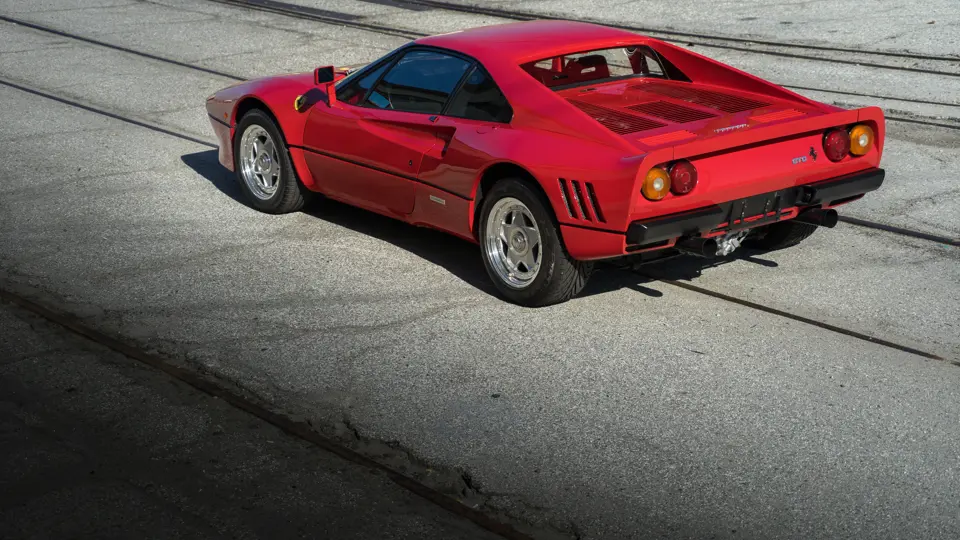



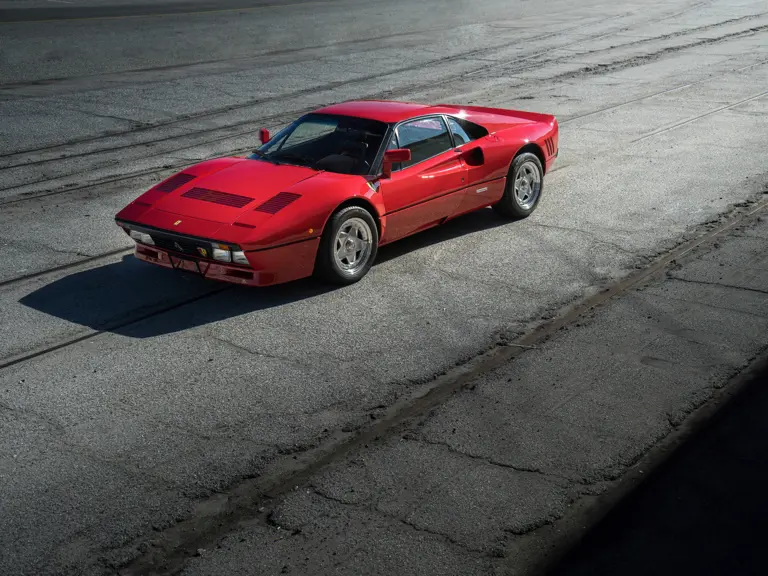
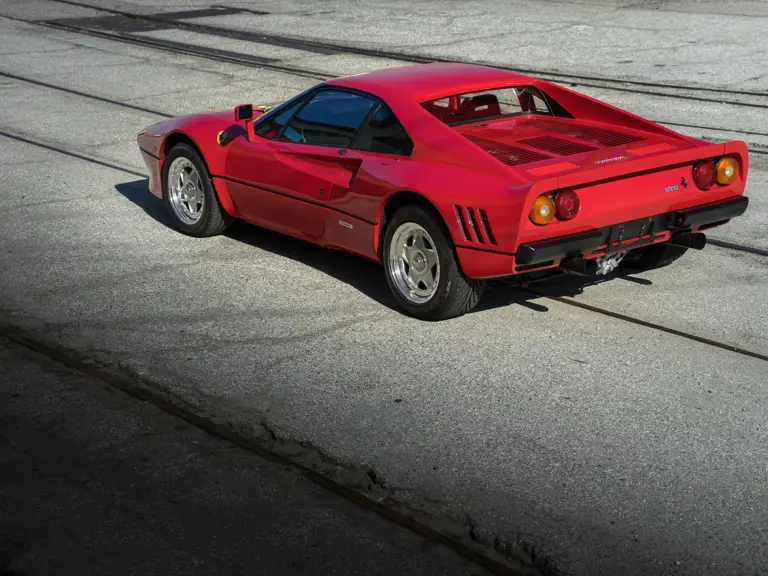
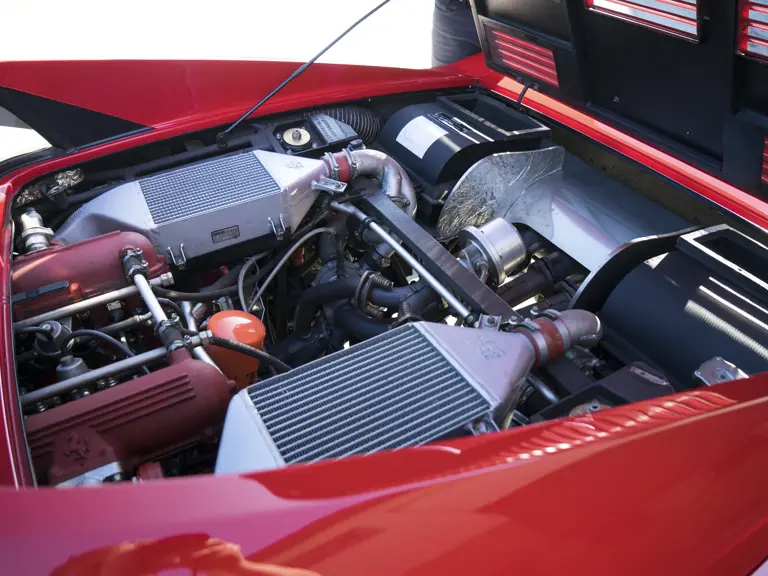
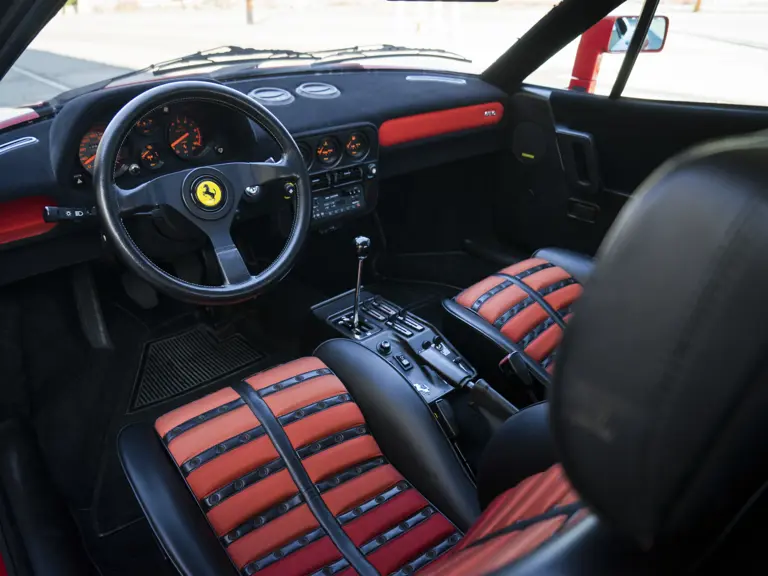
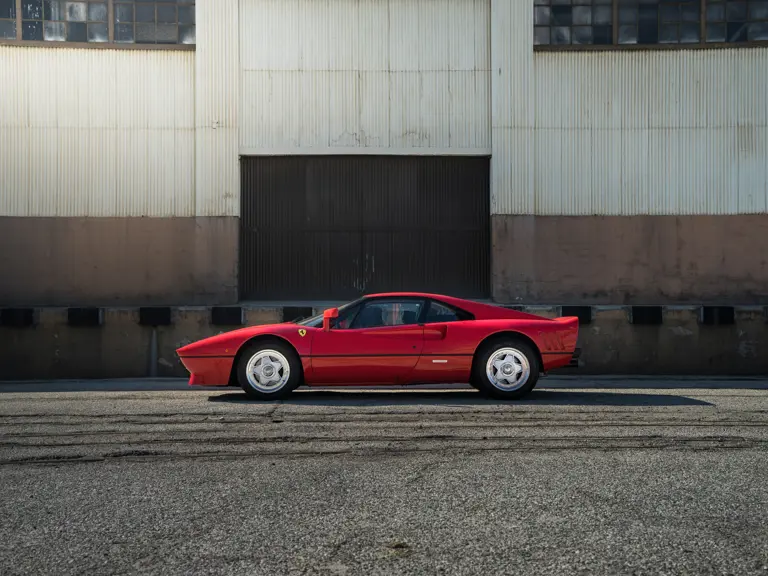

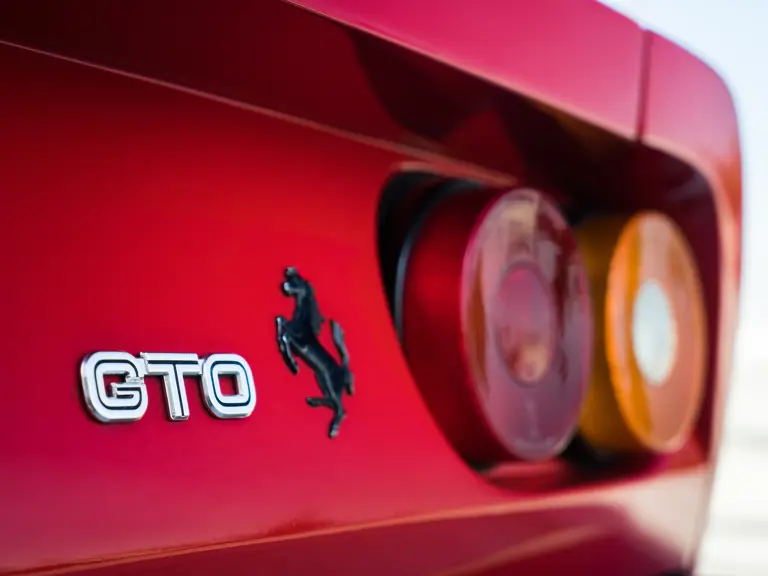
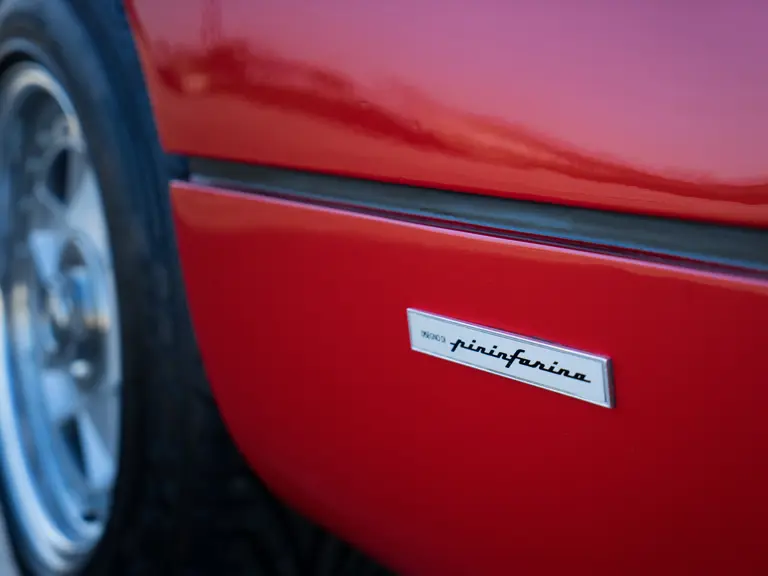
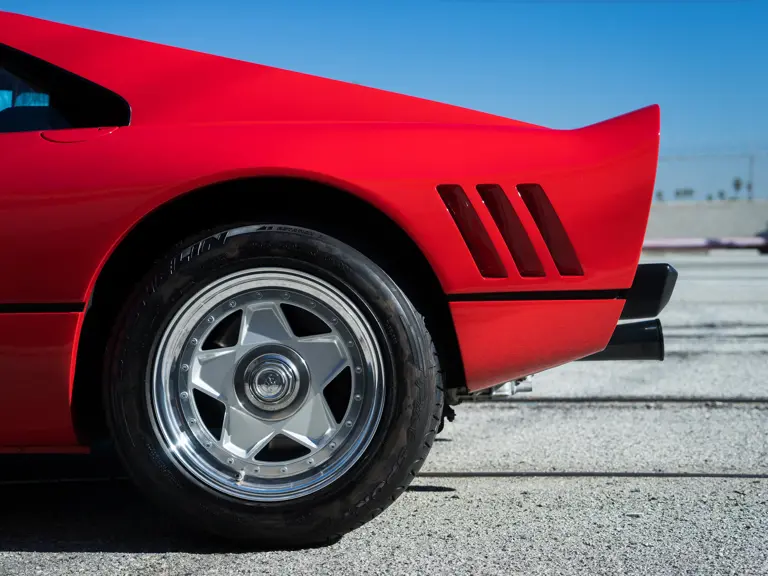
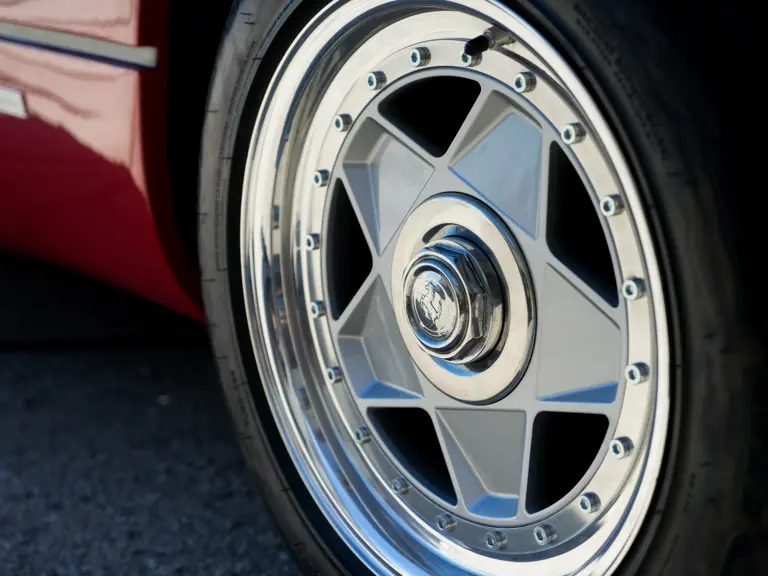
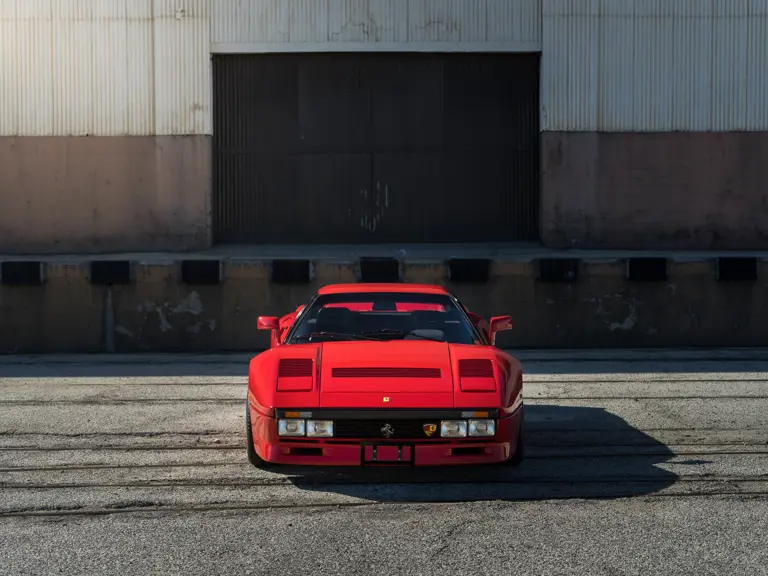

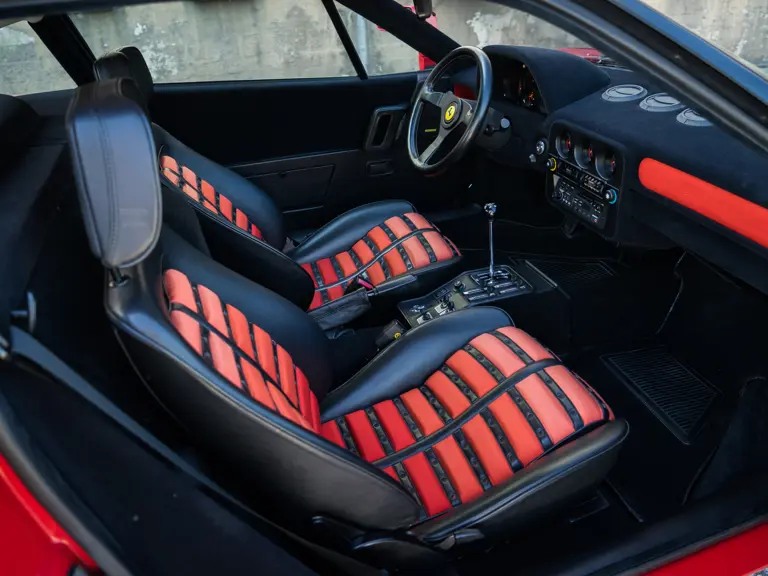
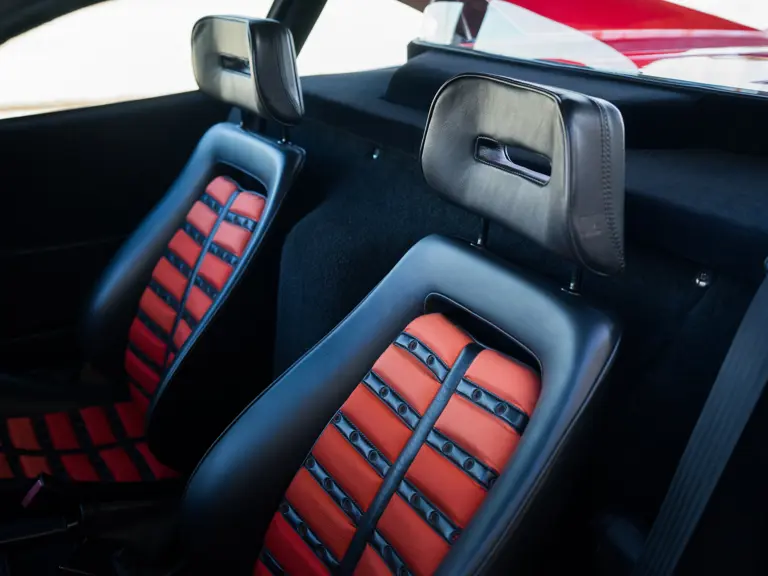

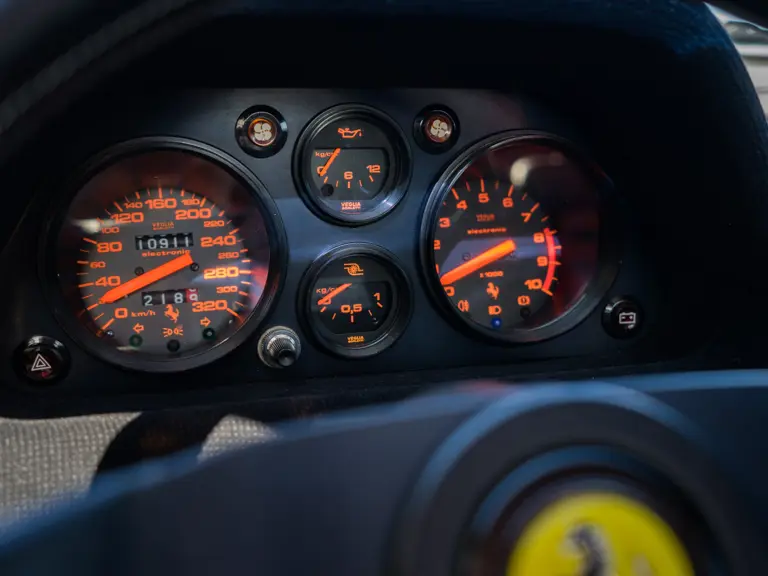
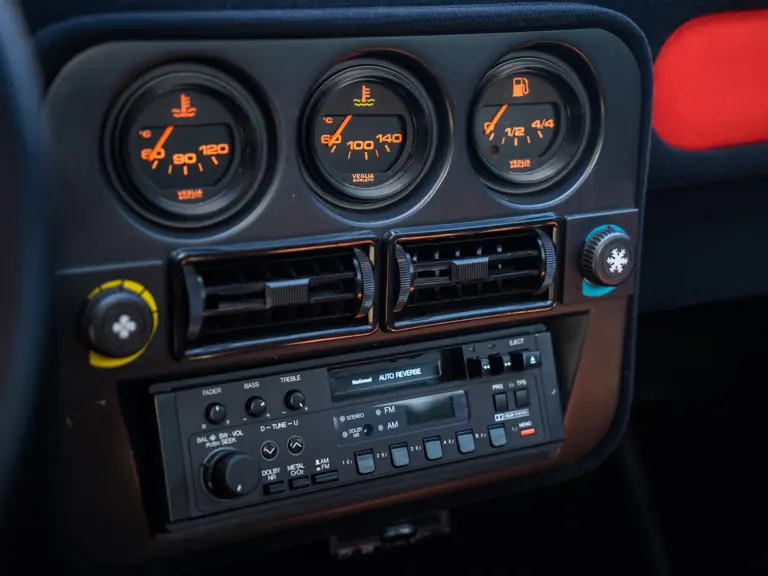
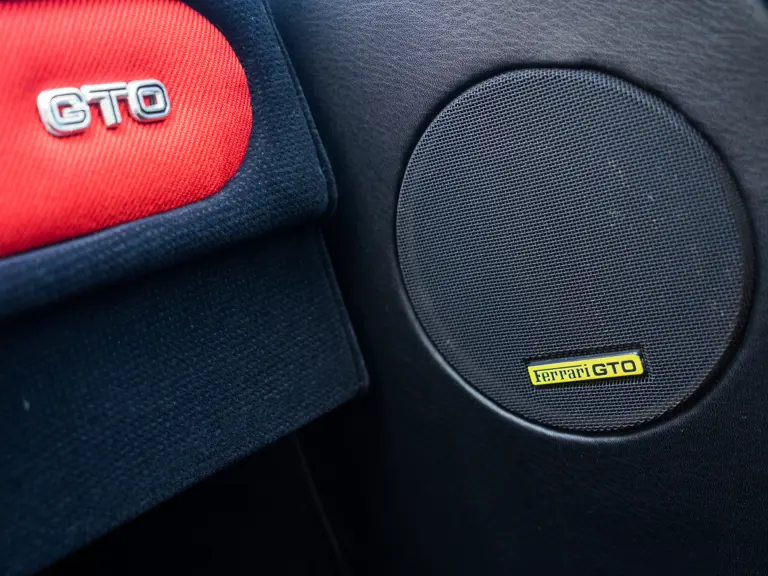
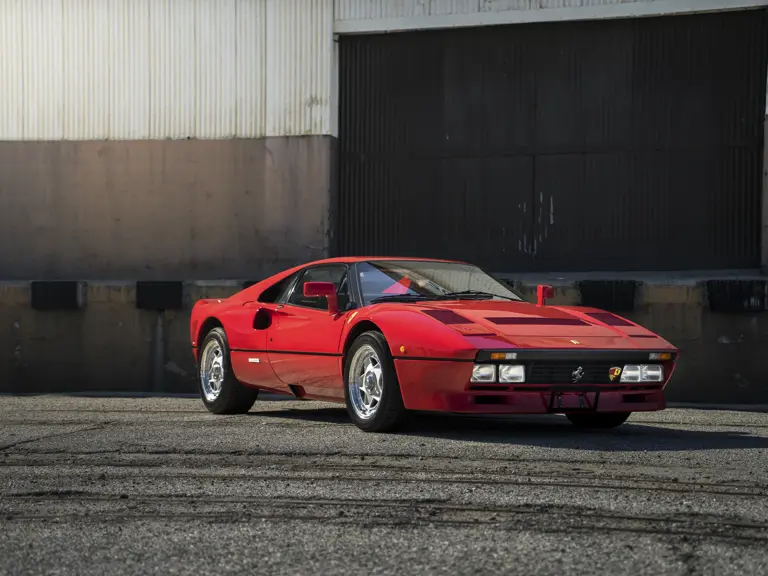
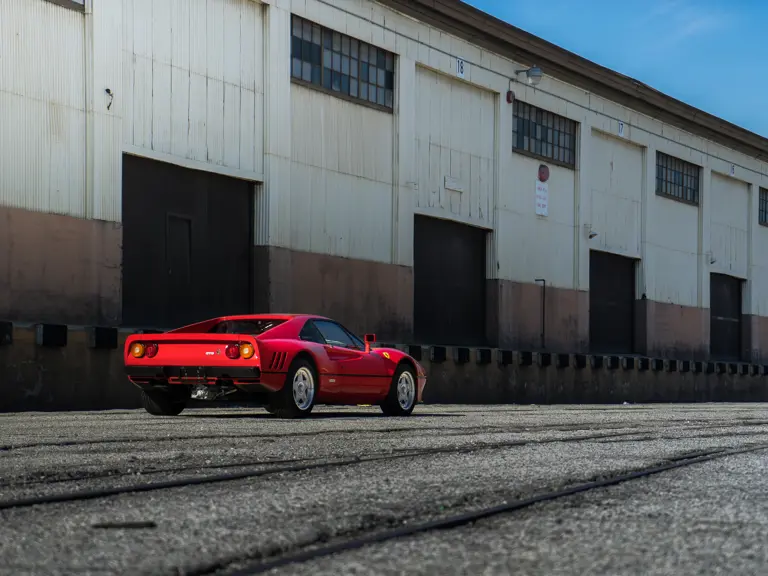
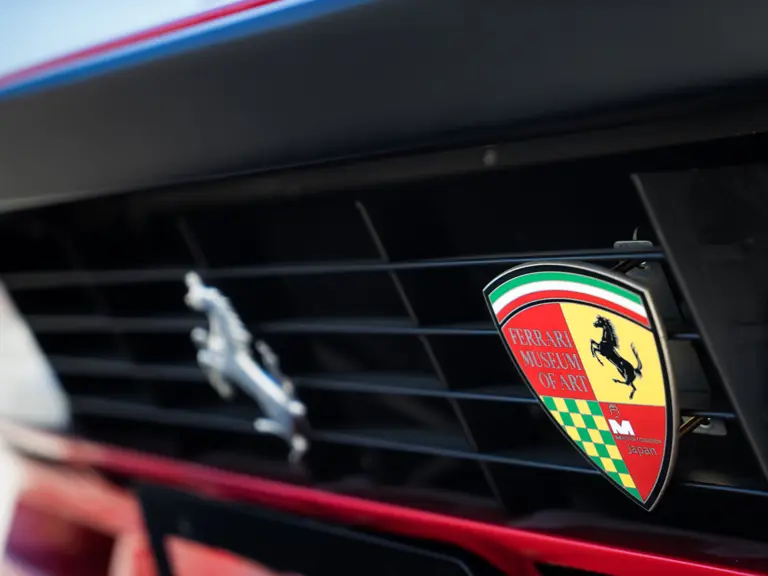

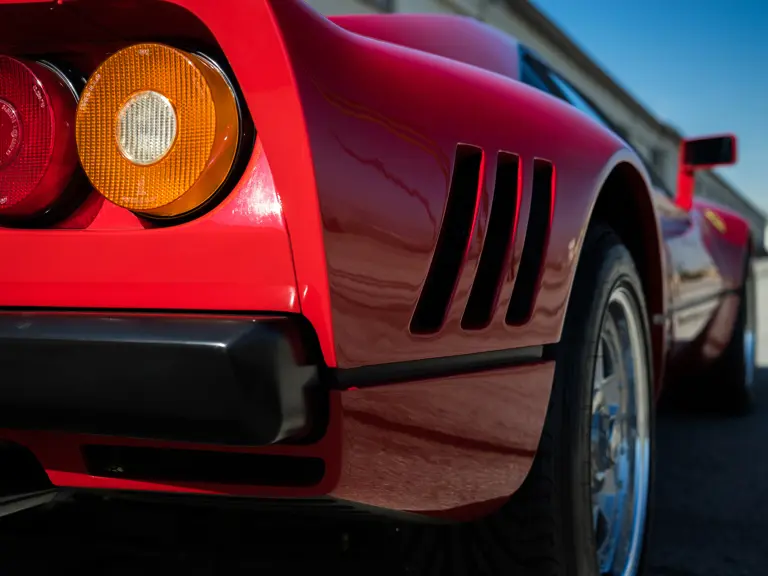
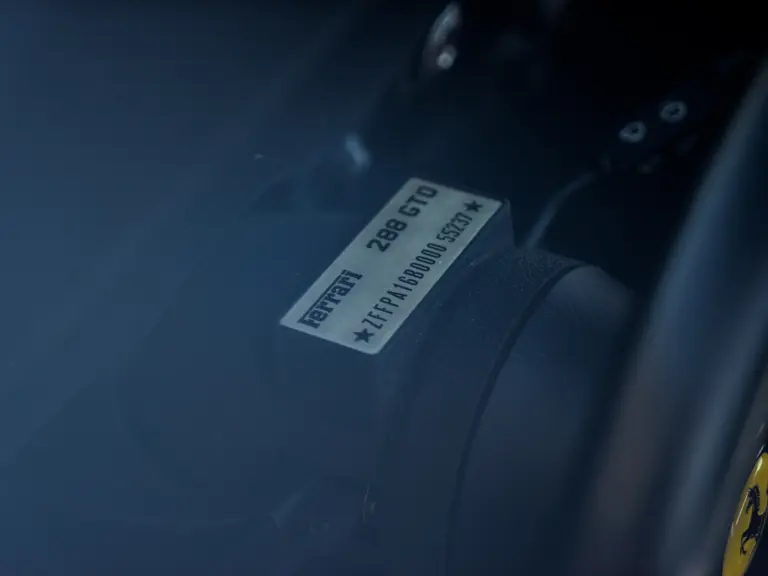
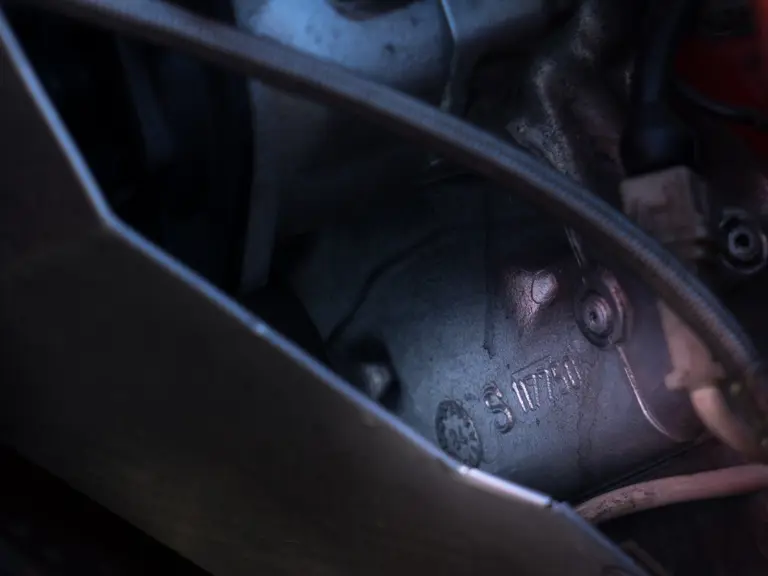
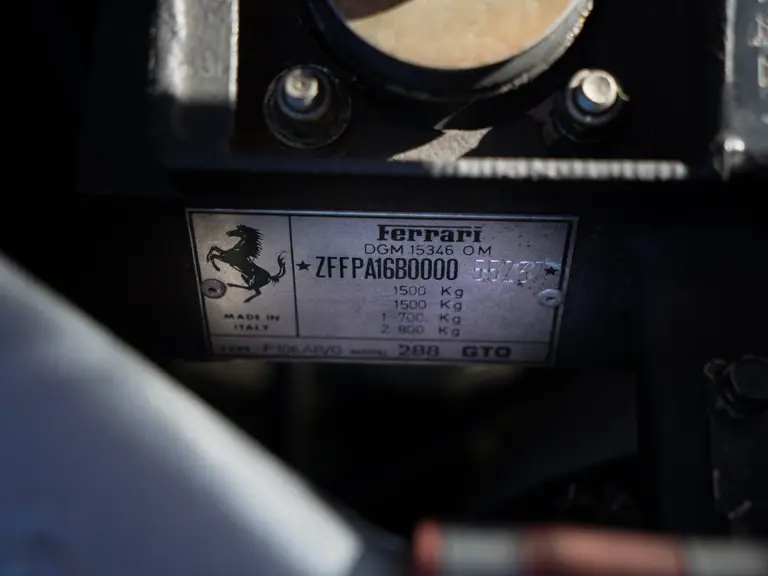
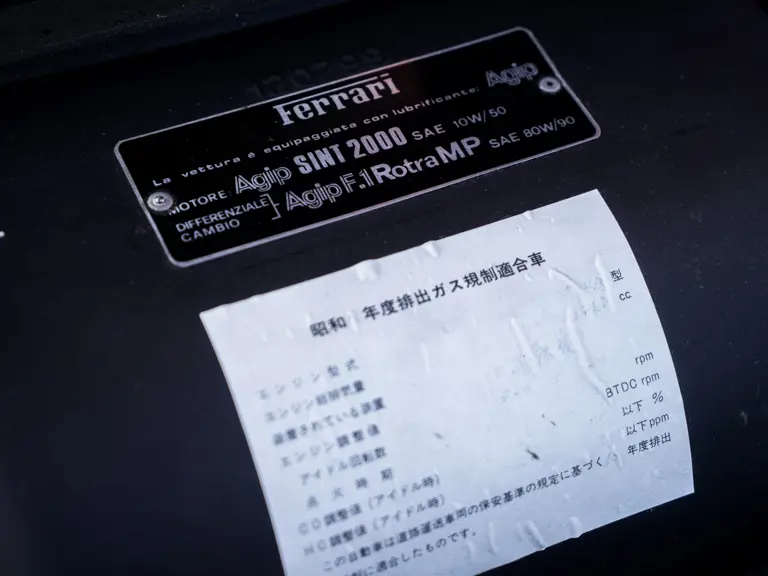

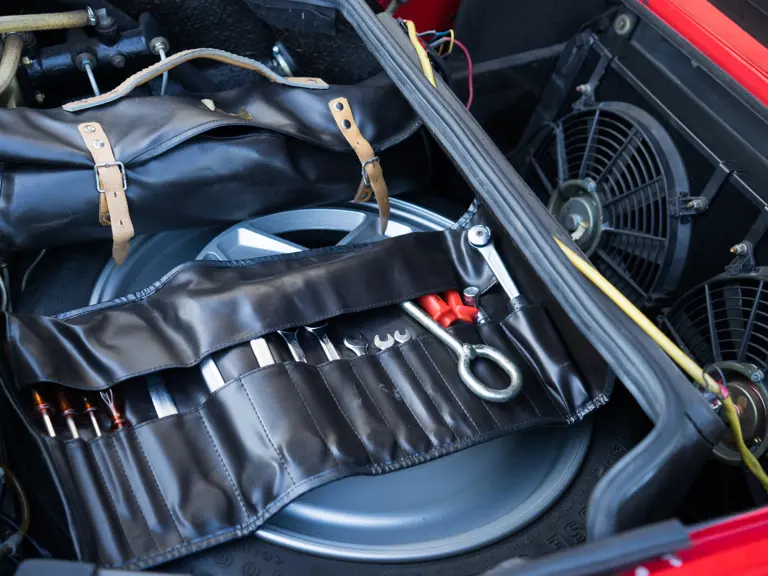
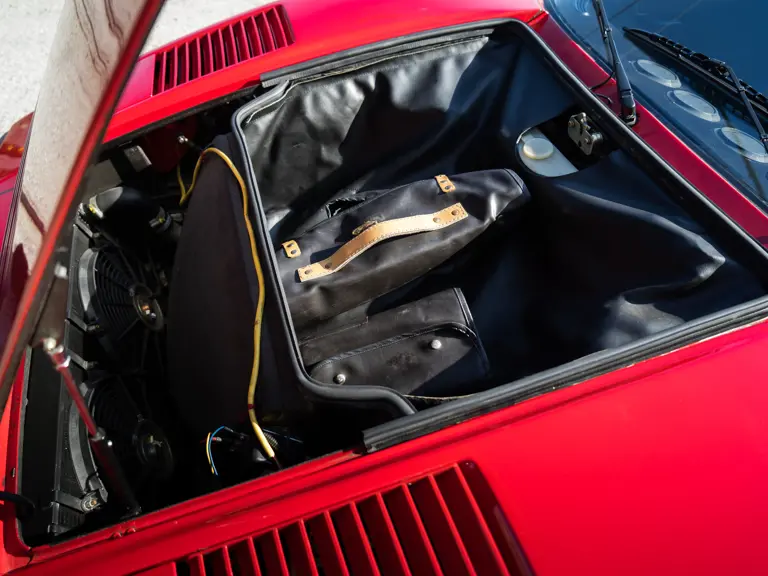
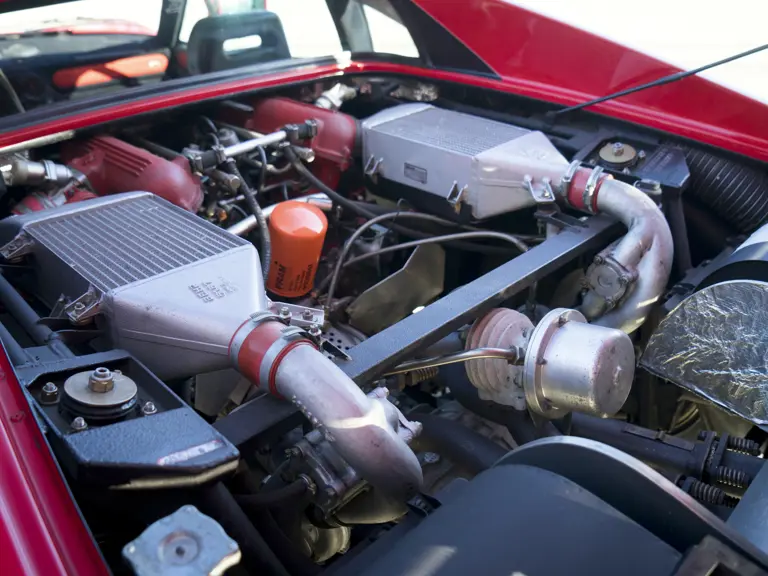
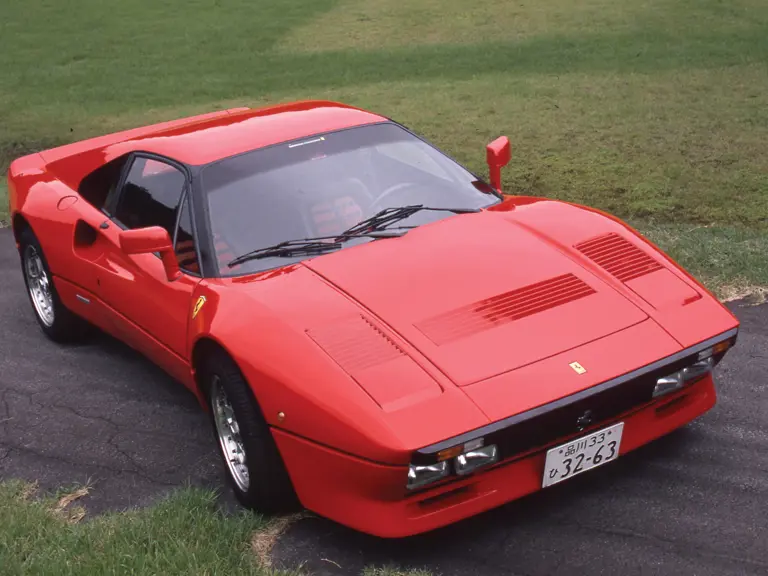
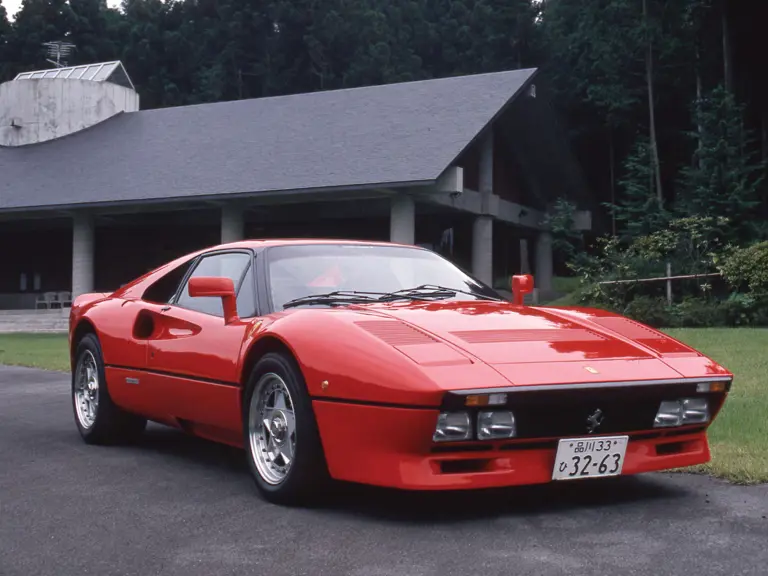
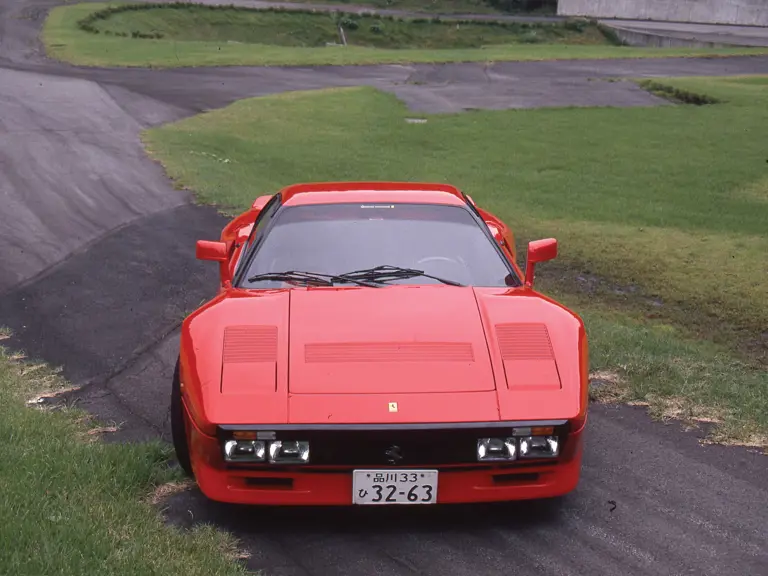
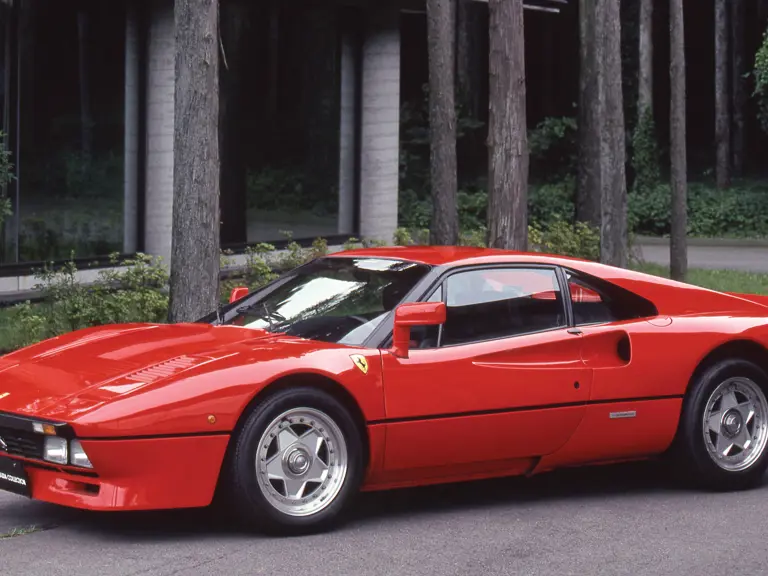
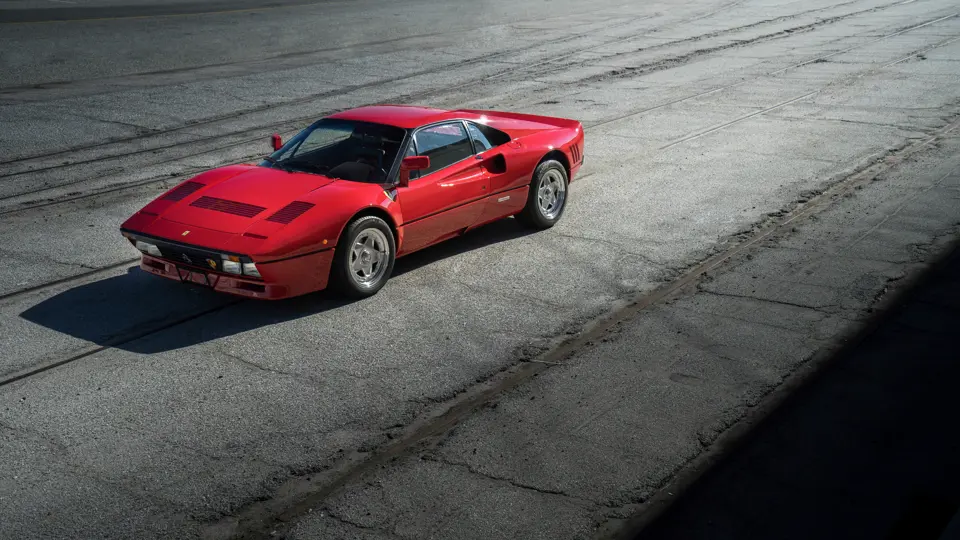
 | Phoenix, Arizona
| Phoenix, Arizona
